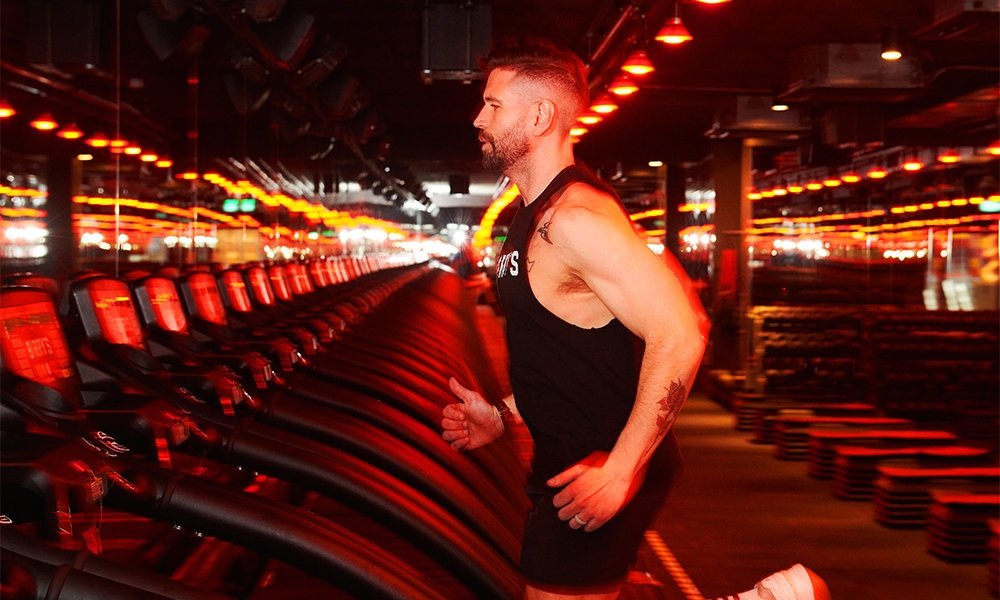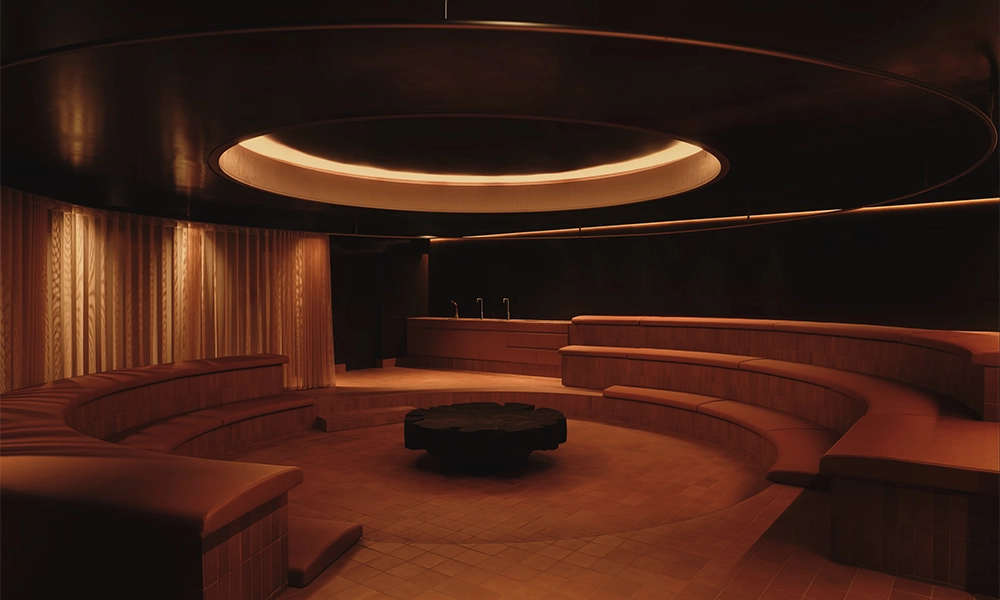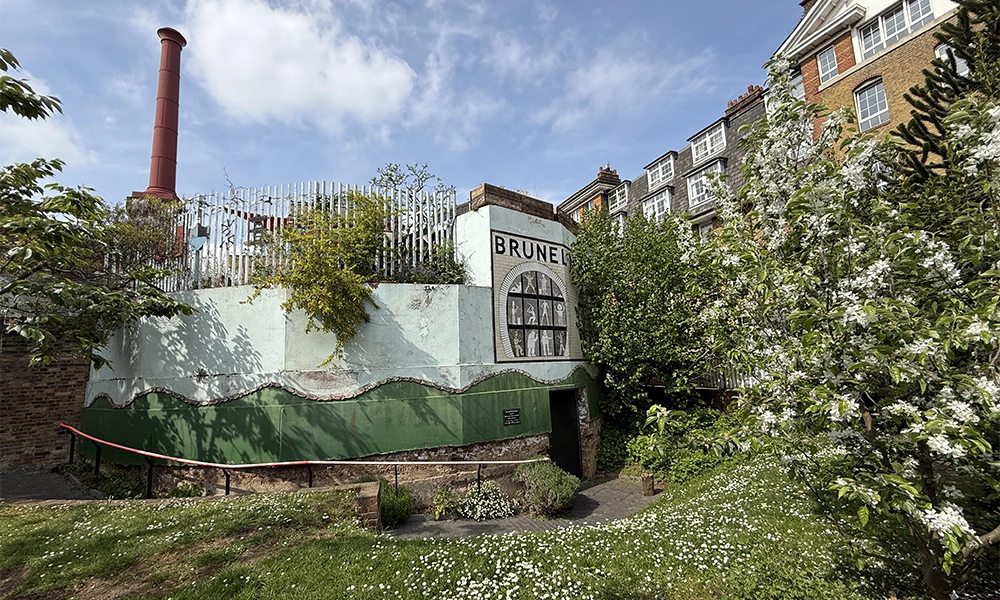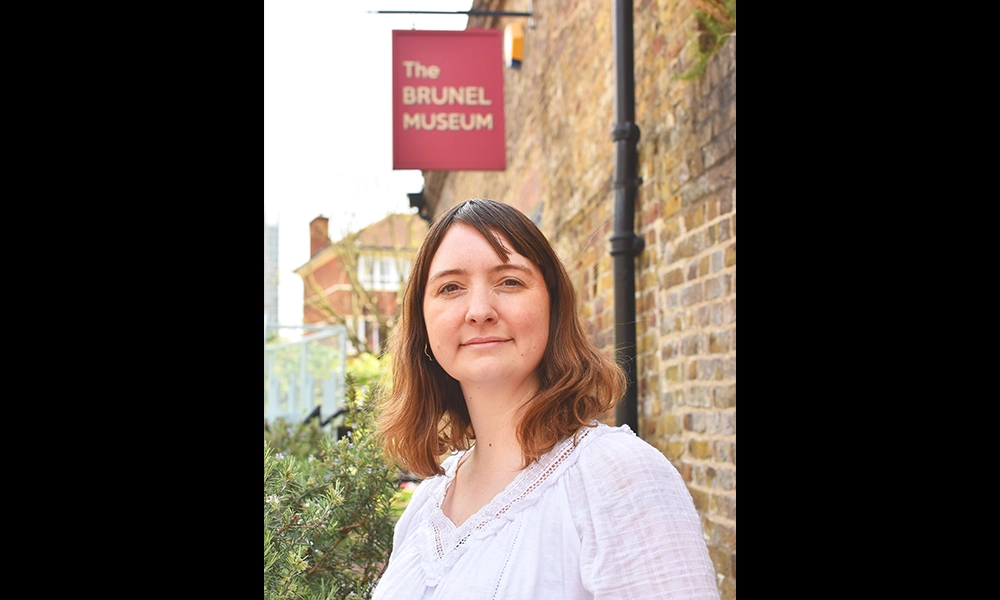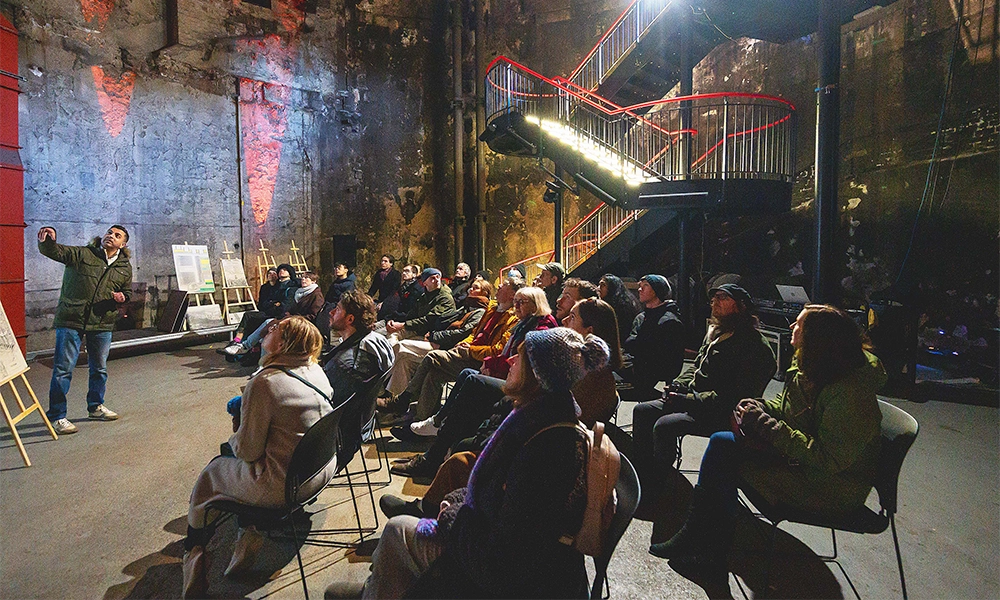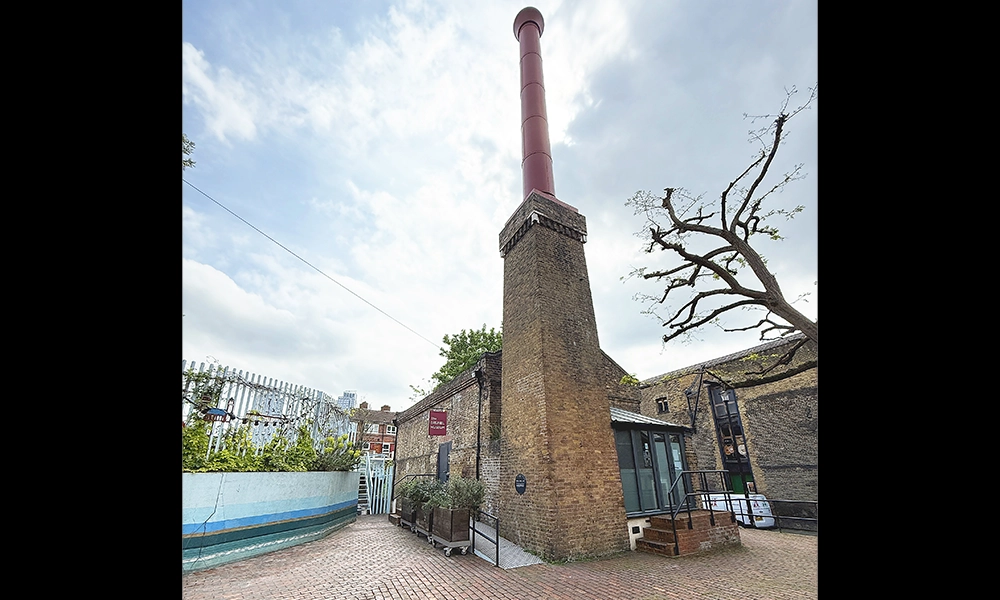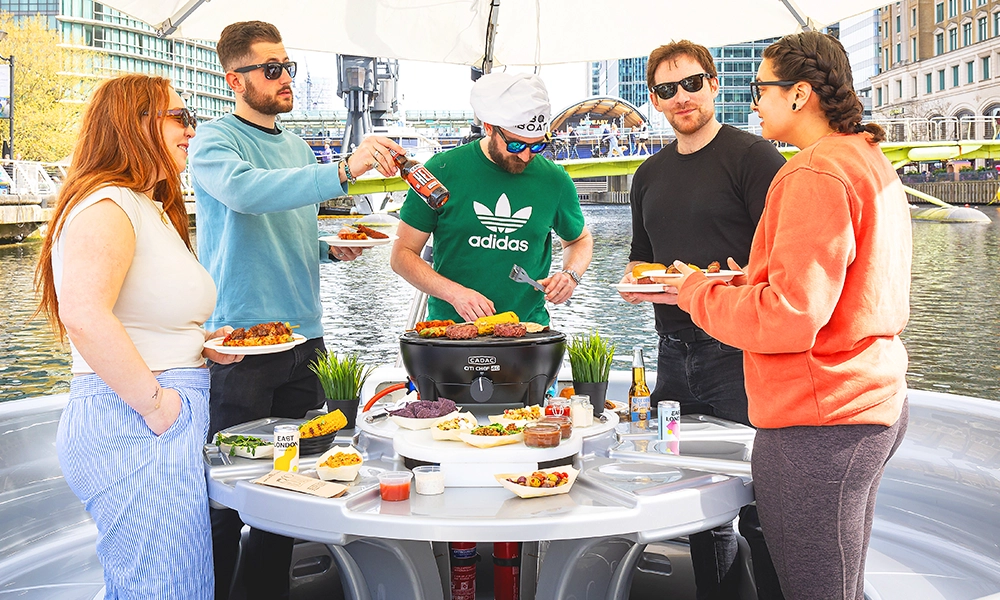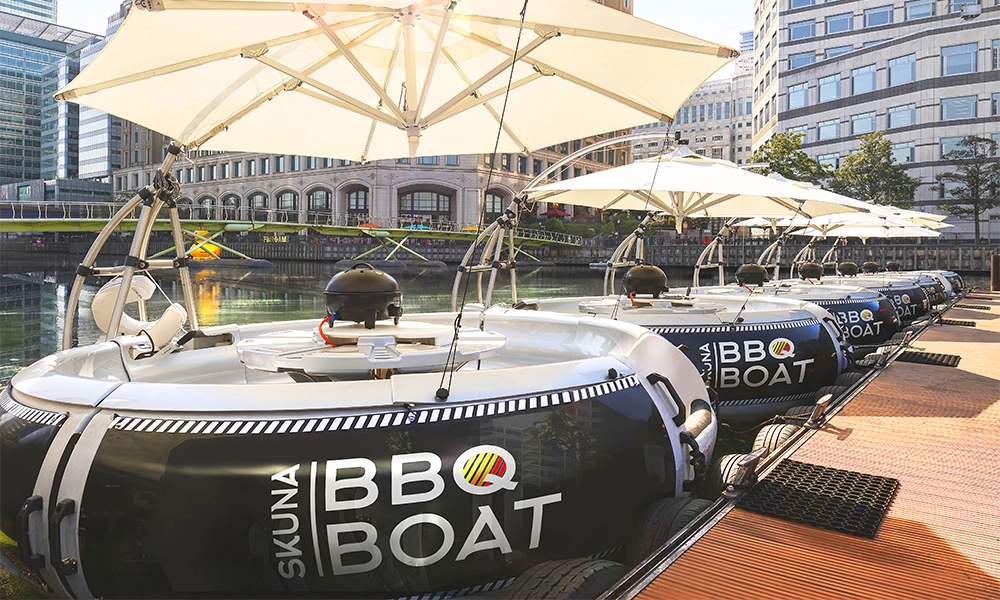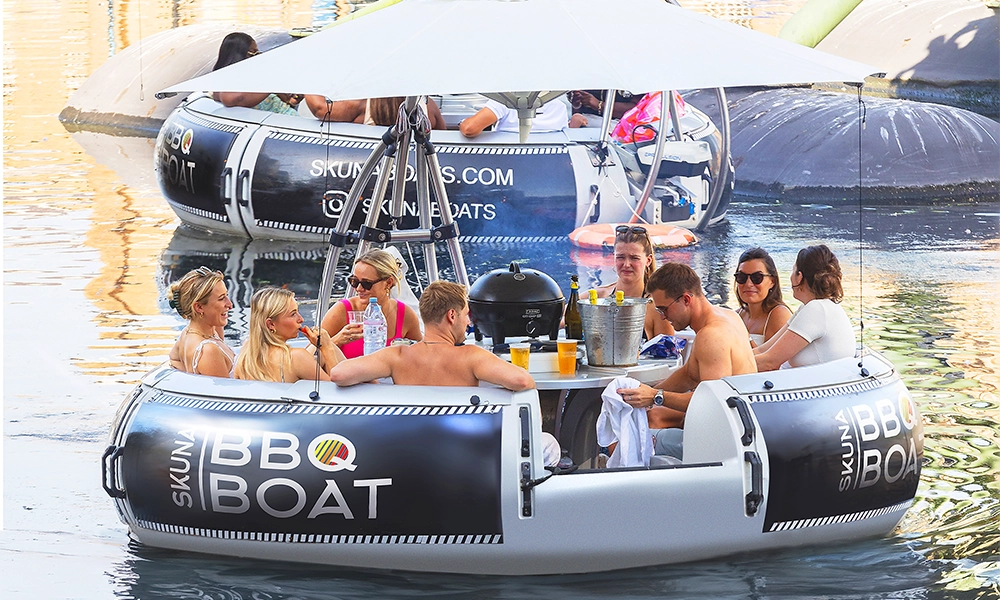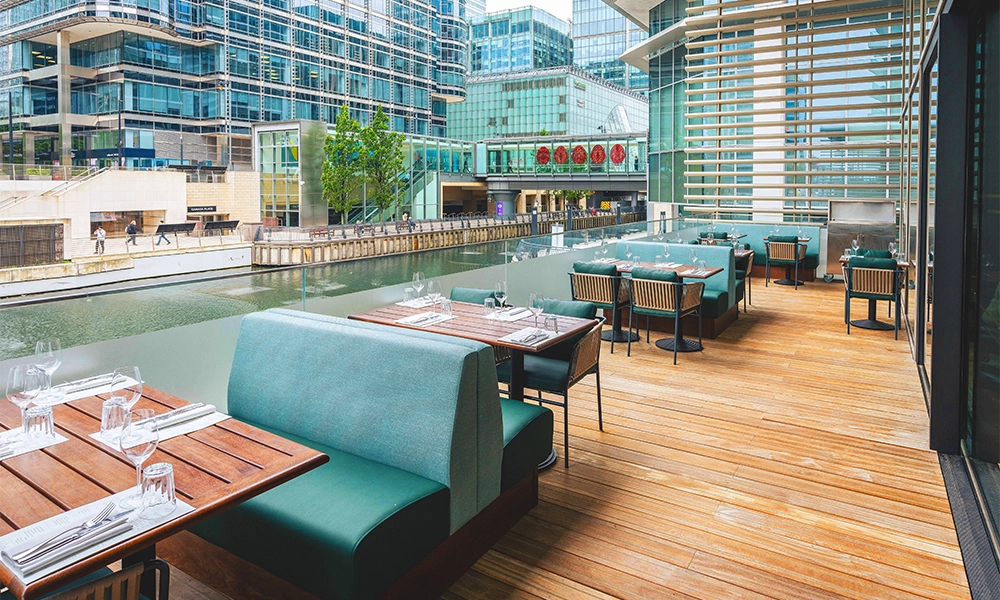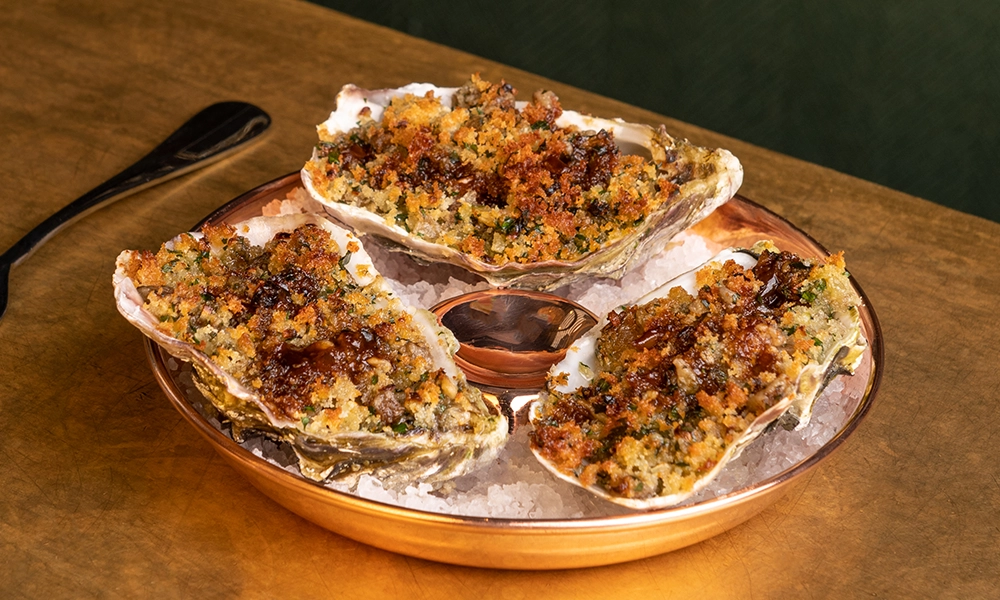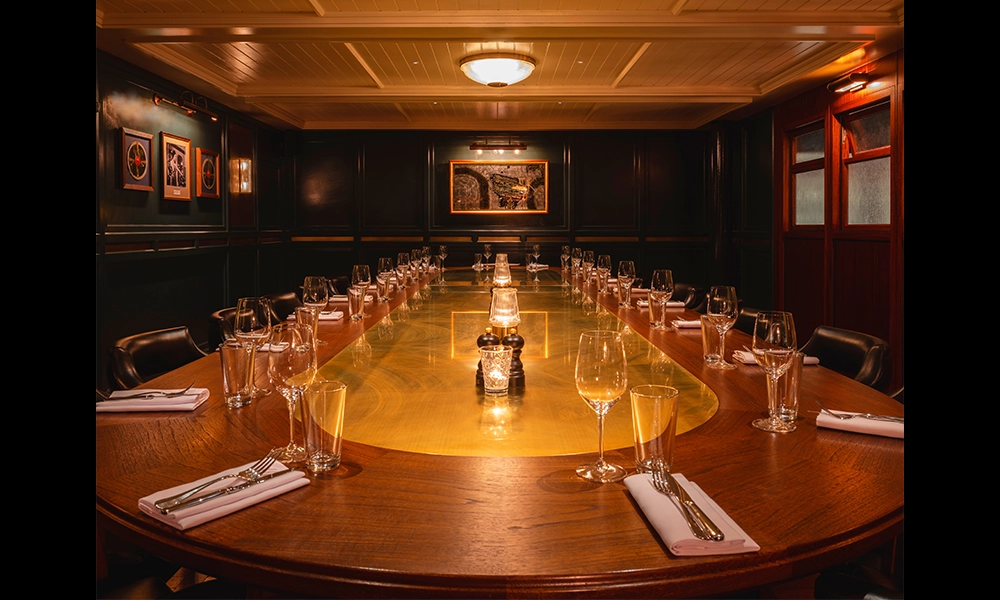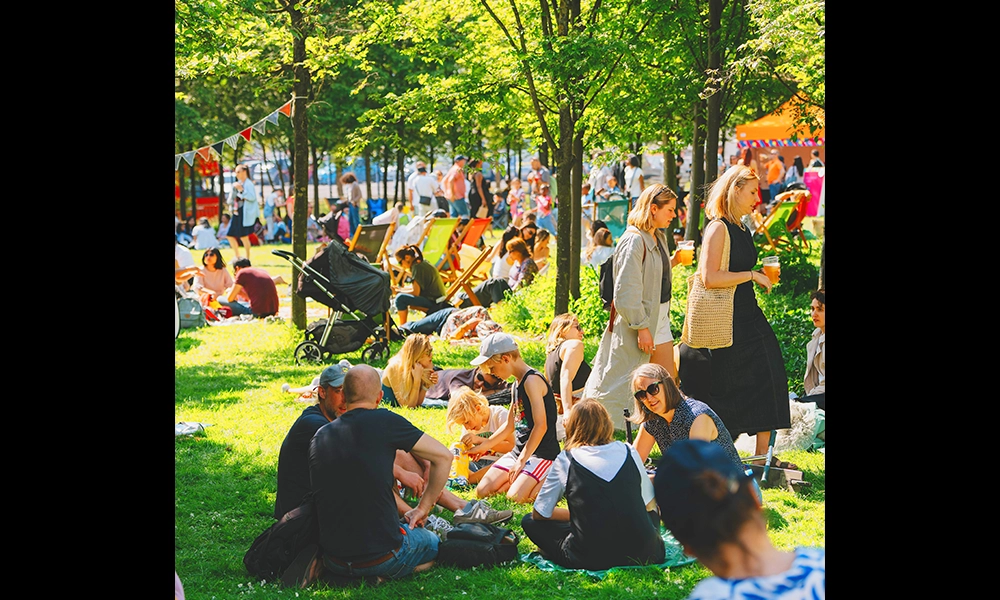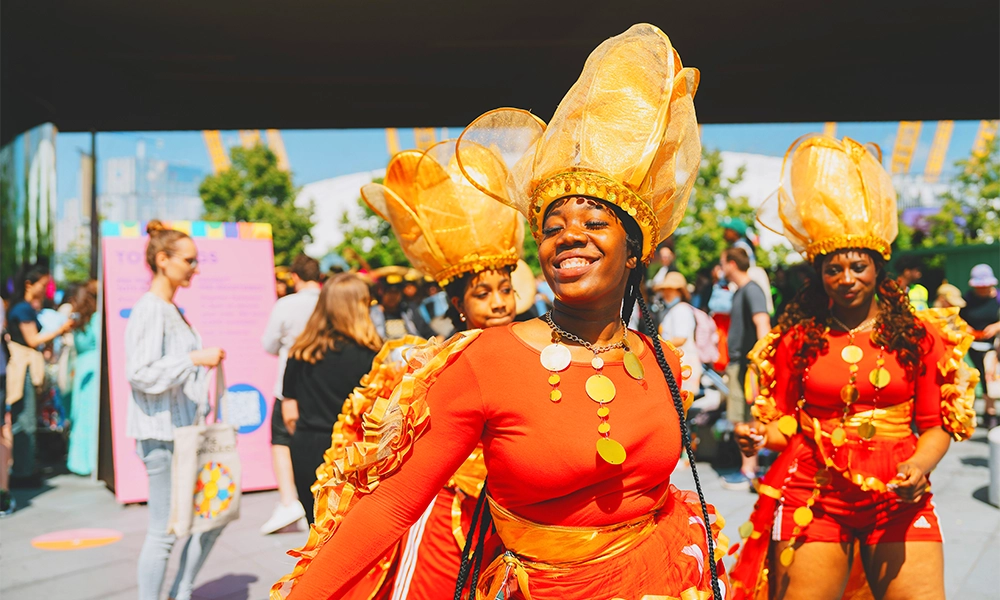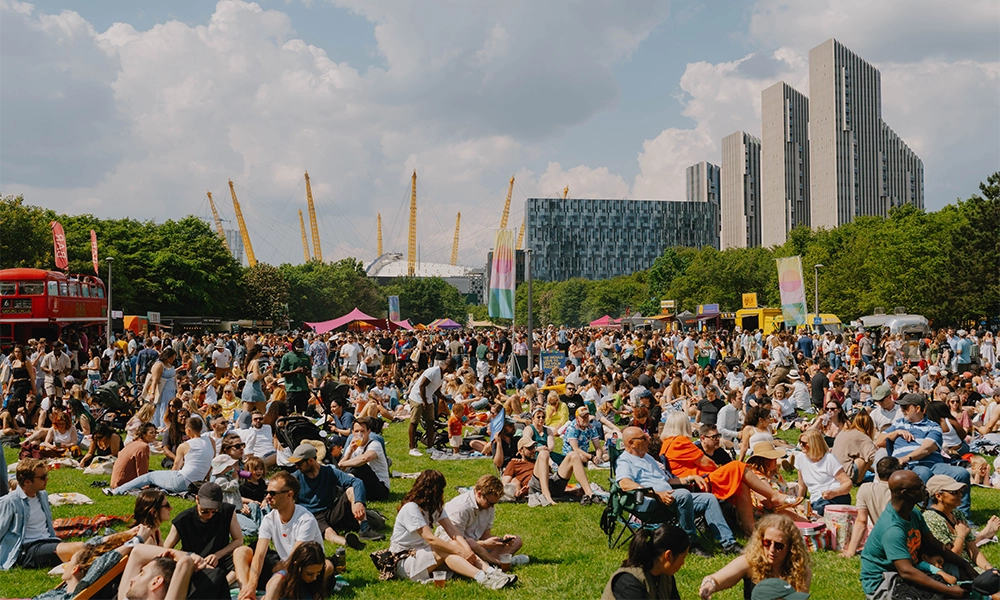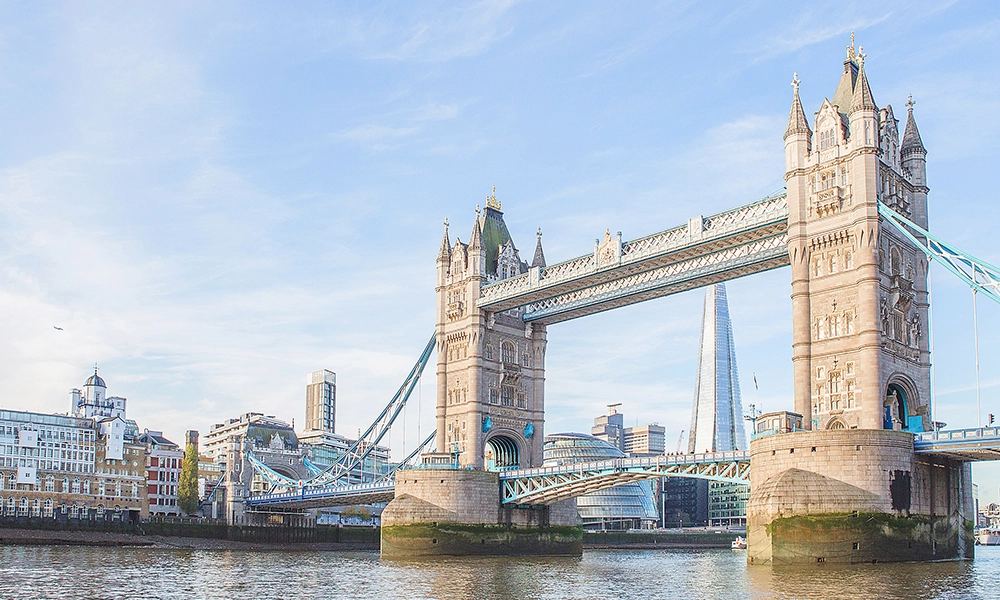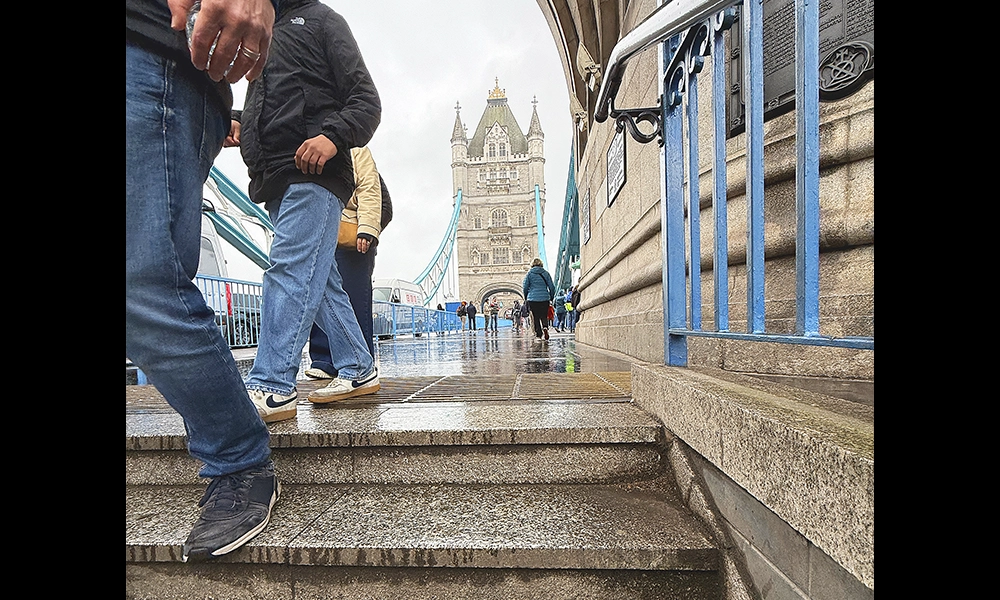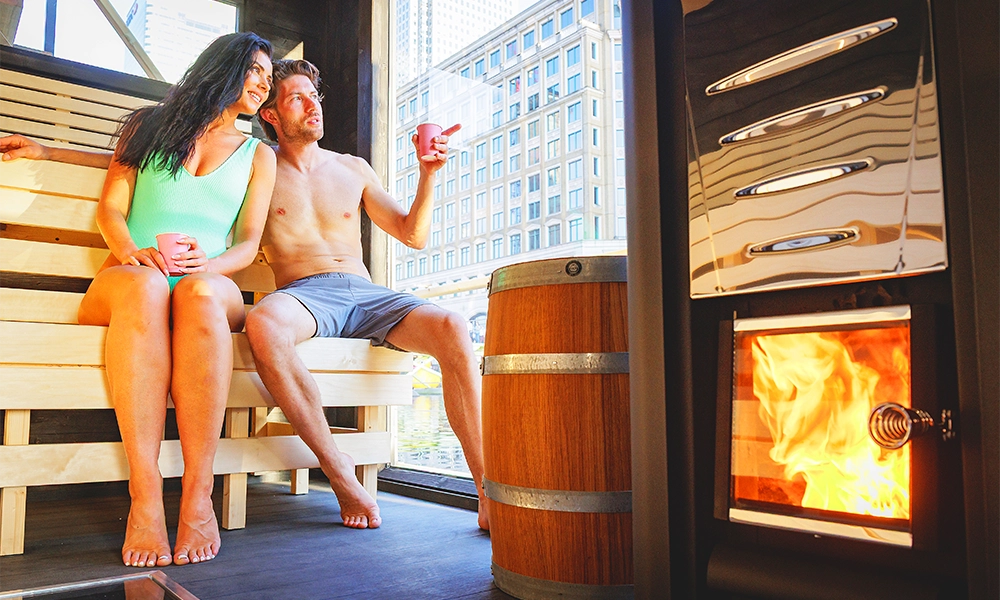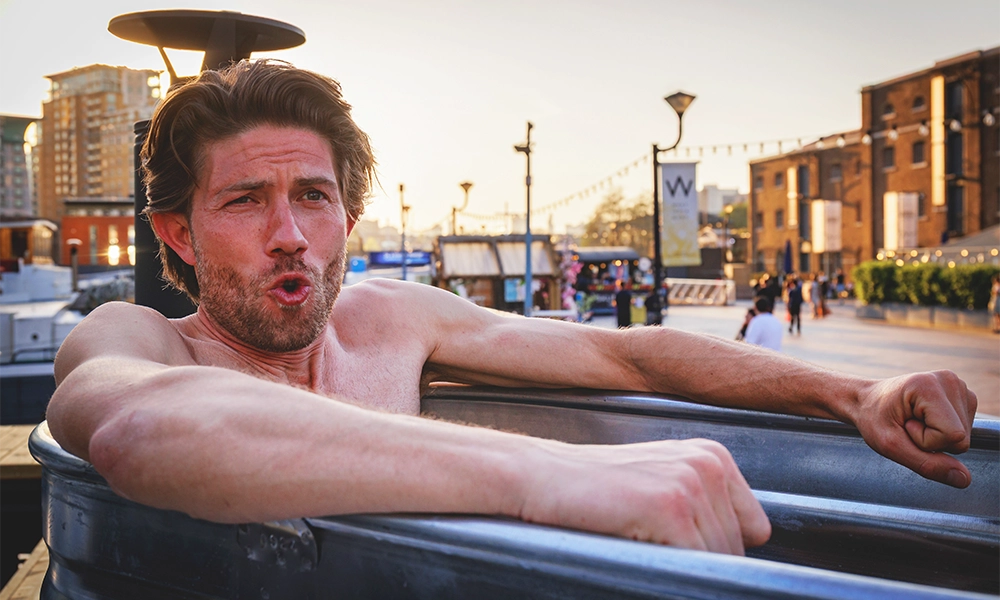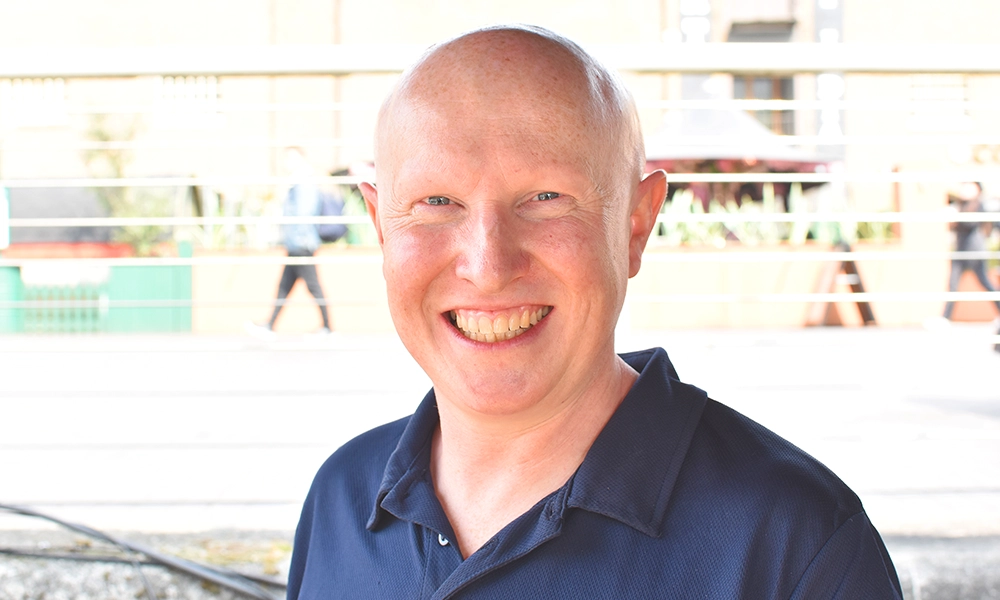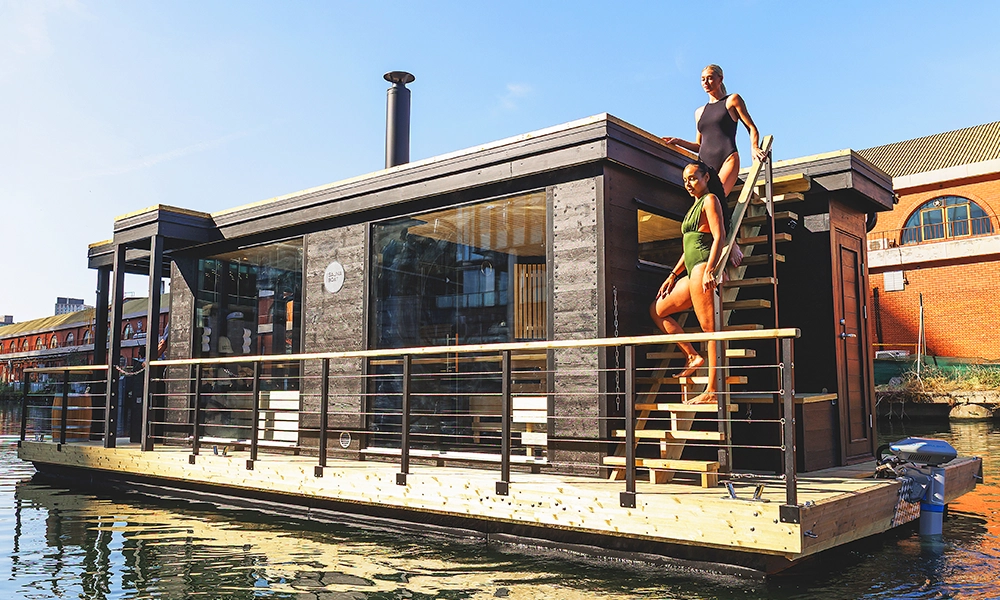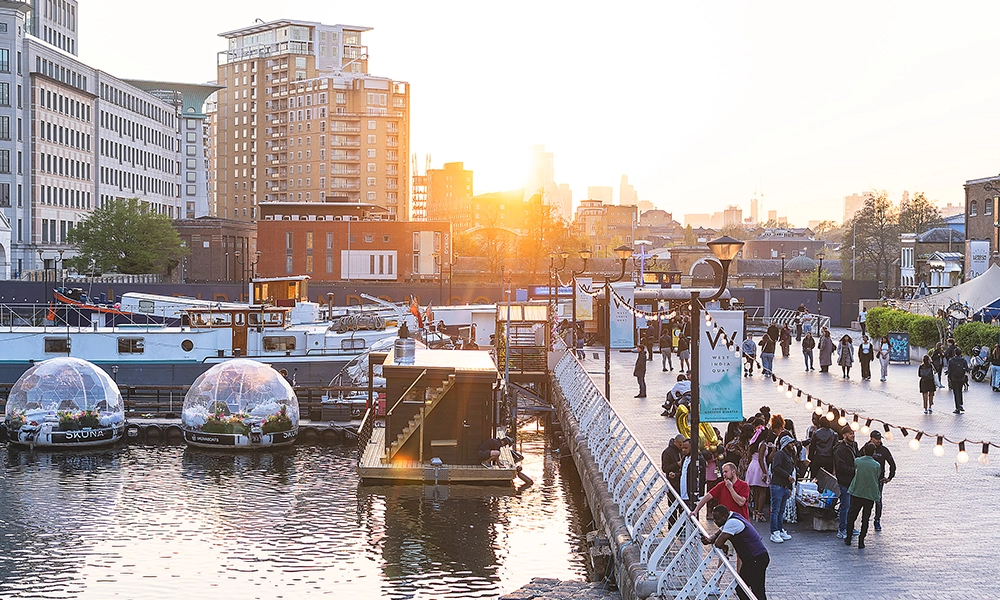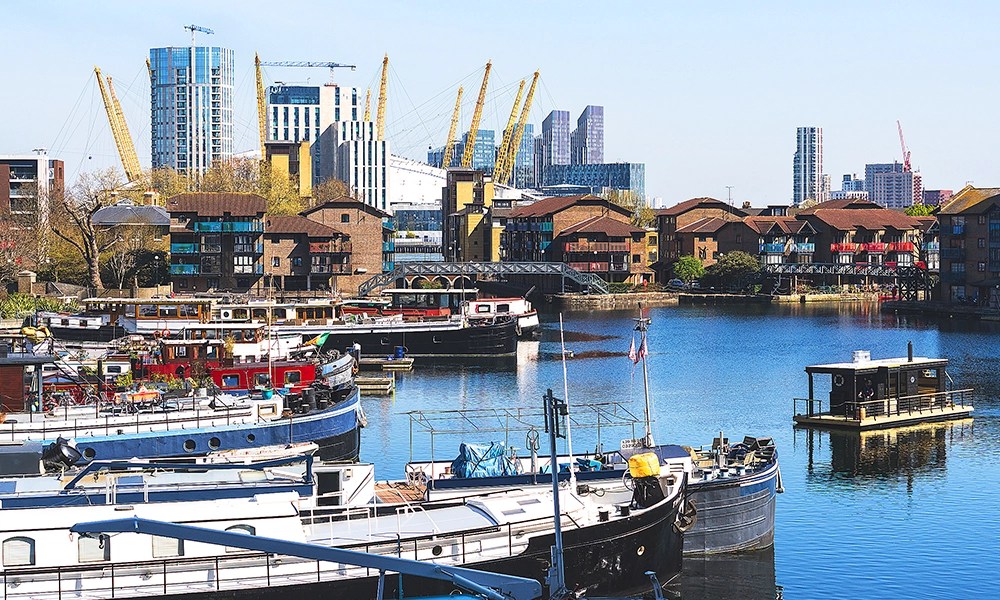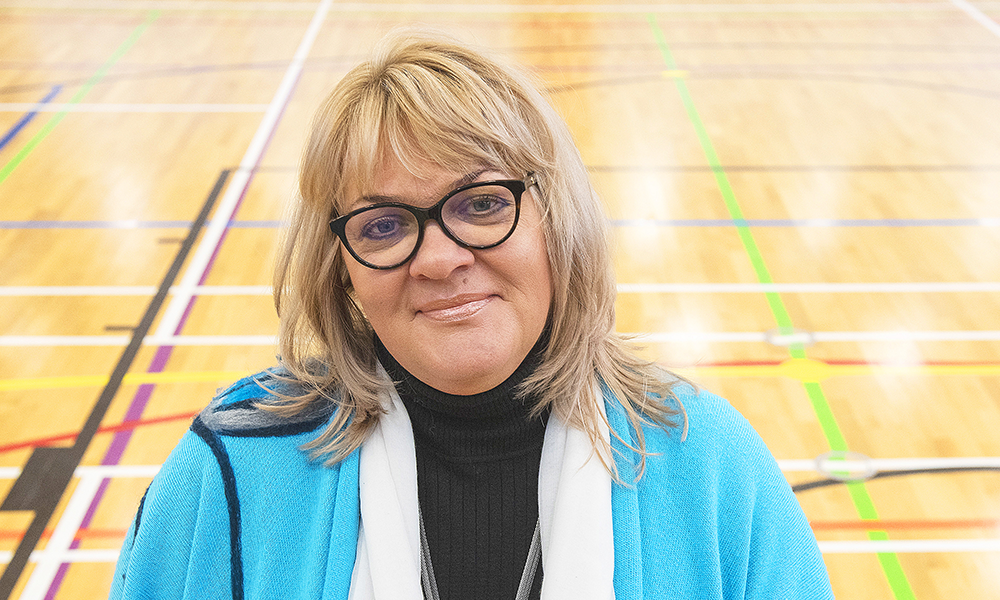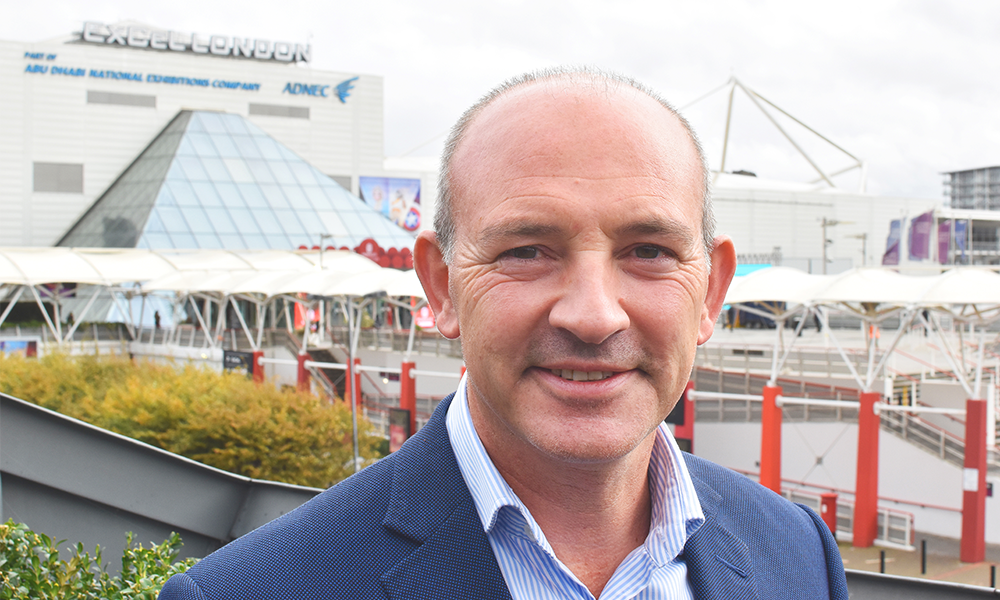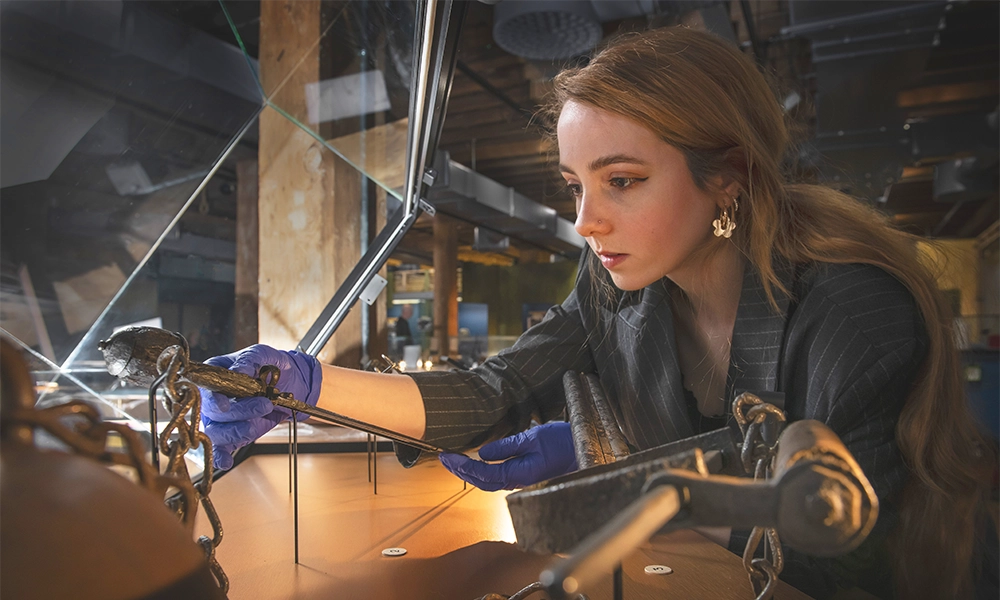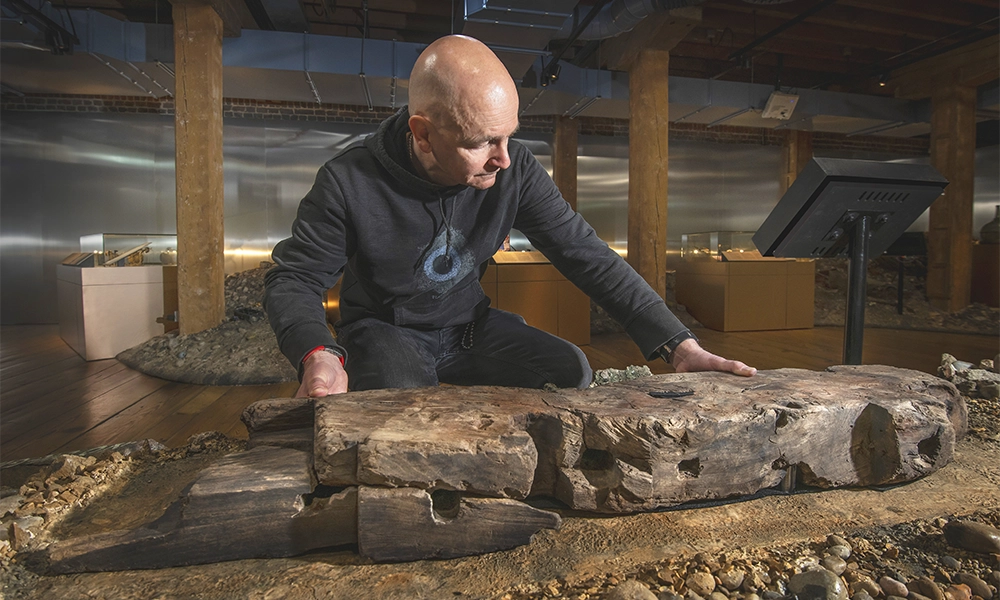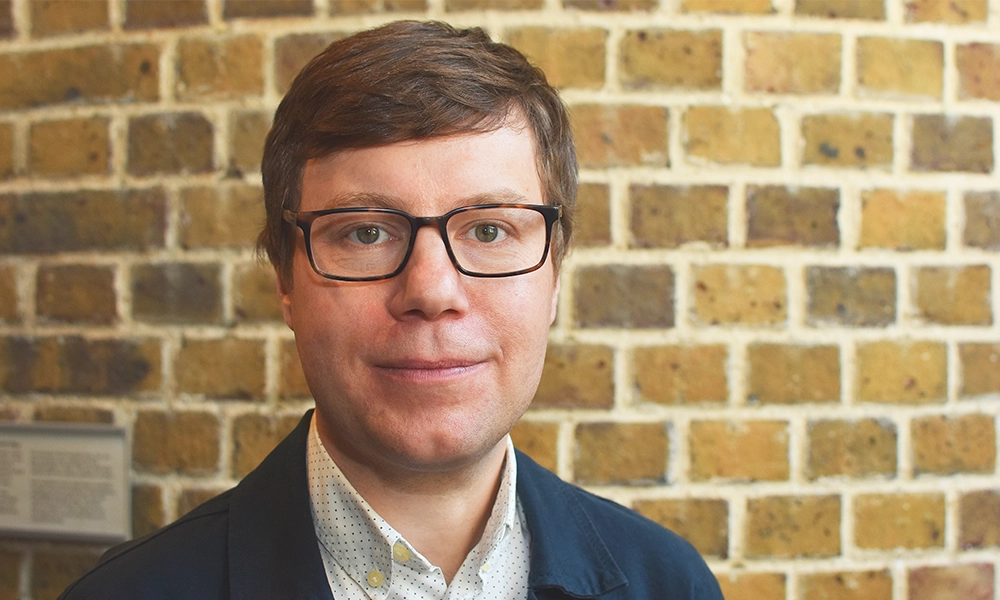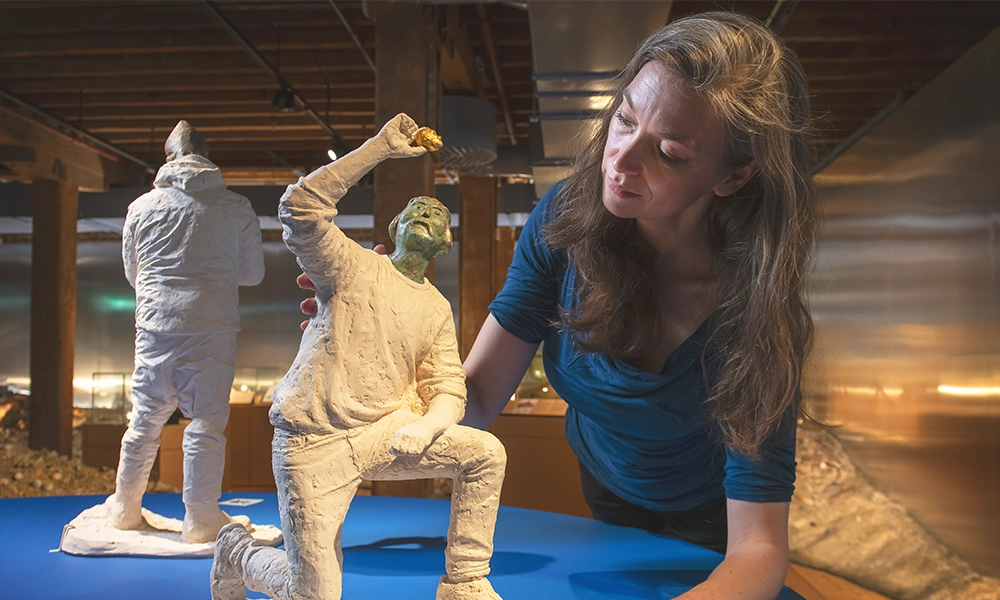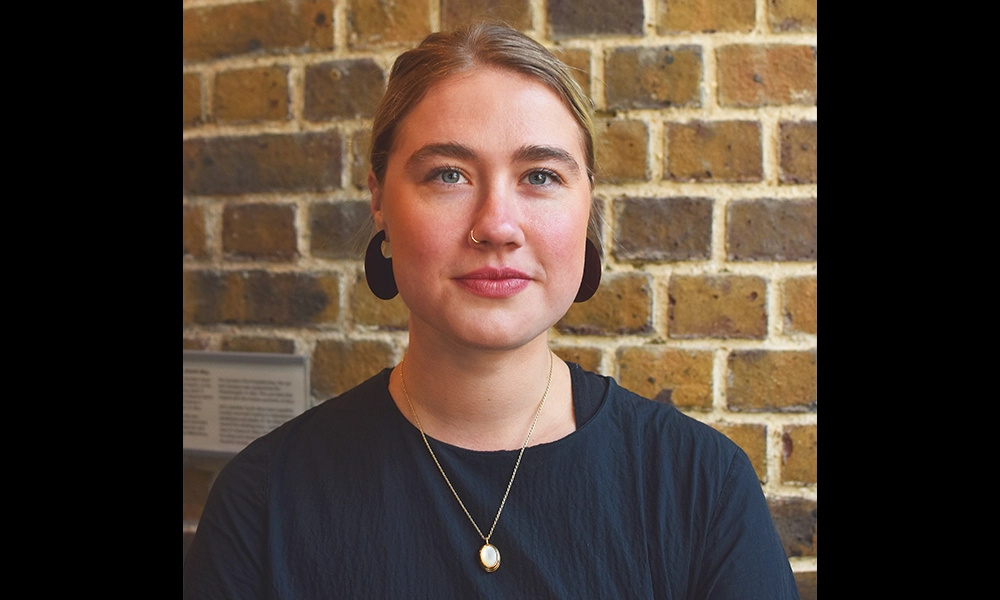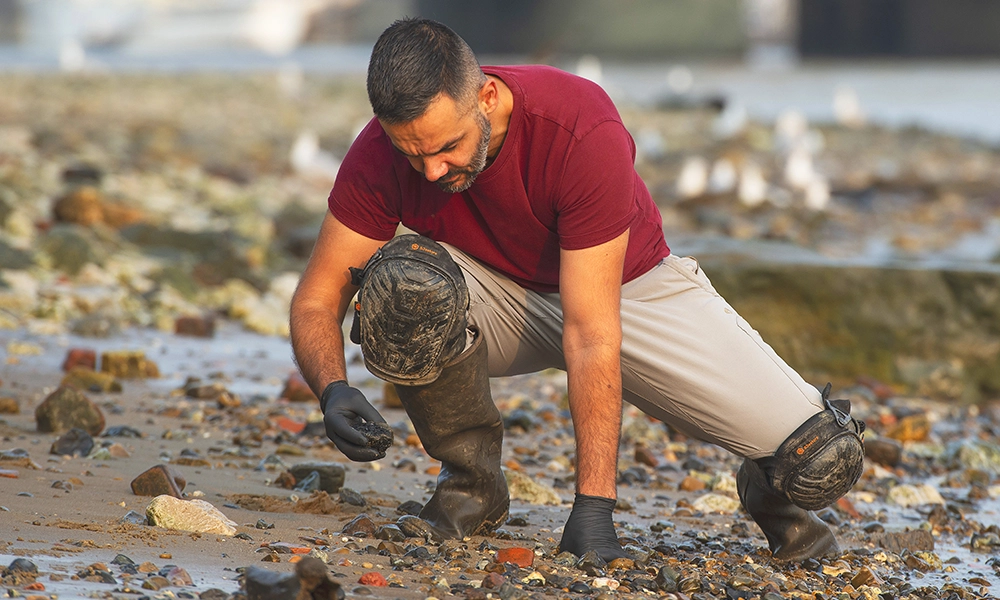White Rabbit Projects is set to bring the stalwart Soho Italian to Crossrail Place complete with a delicatessen, restaurant and vintage-themed bar
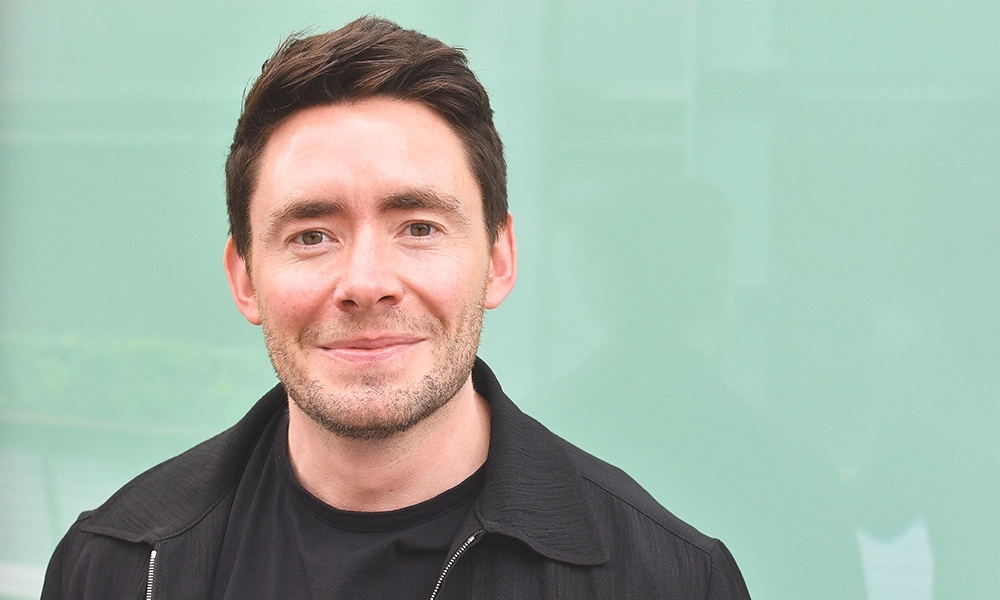
Subscribe to our free Wharf Whispers newsletter here
White Rabbit Projects is all set to pull another Canary Wharf opening out of its hat.
Founded by Chris Miller, the brands the company works with already have a significant presence in and around Crossrail Place.
Now Lina Stores is getting ready to join Island Poké, Kricket, Soma and Arc Community beside the waters of West India North Dock as the team works to open a branch of the Soho stalwart in June 2025.
Soft pale green stripes already adorn the windows of the space that used to house The Breakfast Club and inside serious work is well underway.
The colour is all important and, just before our interview, Chris has to pop off for a word with the site manager having spotted some tiles that aren’t quite the right hue and arrange for them to be replaced.
It’s a testament to how seriously both he and Éadaoin McDonagh take their stewardship of a brand that’s got 80 years of history behind it.
“It’s very clear for us what the brand’s identity is – quality first that’s affordable – and we’re here to ensure that this is protected and never compromised,” said Éadaoin, managing director at Lina Stores and COO at White Rabbit.
“When I look at the fresh food suppliers we have in London, we’re using the same companies as Michelin-star restaurants, but we’re not charging Michelin-star prices – people see that value.
“I’ve been involved with Lina for eight years now and we established its first restaurant in Greek Street in 2018.”
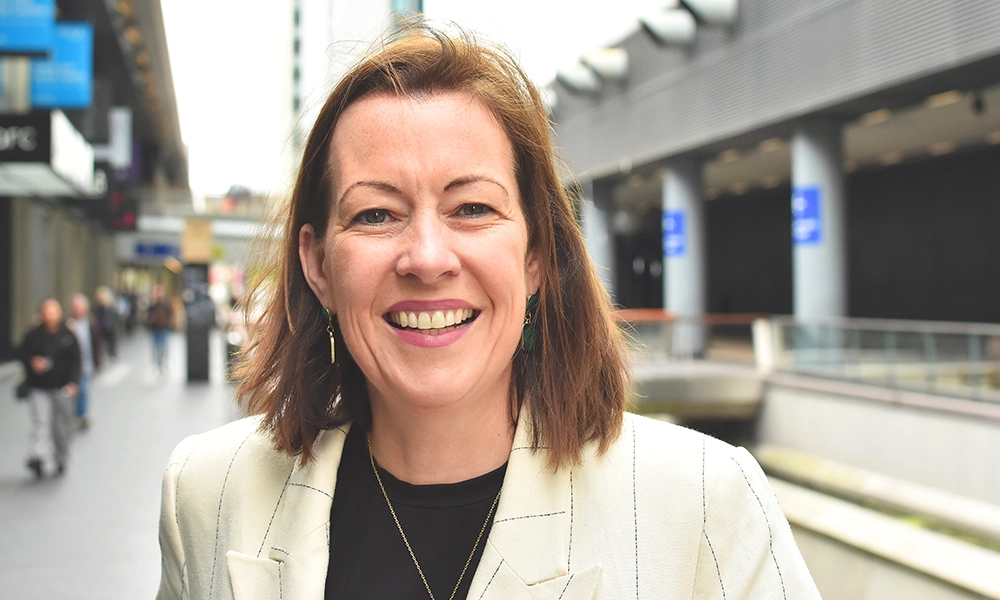
growing Lina Stores
That expansion was the first milestone on a road that has seen the green stripes appear on eight locations in London and one in Manchester.
Canary Wharf will be Lina’s 11th UK site in addition to three in Japan.
But it all began with a love story.
Orphaned in Italy, Carolina Parisio moved to London in the early 1920s to work at the Italian Hospital in Queen’s Square as a live-in cleaner, with the prospect of a better future and to financially support her two brothers.
There she met Enrico Crippa, an engineering fitter from Lake Como and began a relationship that would last the rest of their lives.
By 1939, he was the proprietor of a wholesale business and the couple teamed up with business partners Alberto and Rita Seradi.
Operating out of Tisbury Court, the women ran the day-to-day shopfront, while the men worked behind the scenes.
Realising they needed bigger premises, they found space on a corner in Brewer Street and establishing the store that continues to trade there more than eight decades later.
Emilio named it Lina after the love of his life.
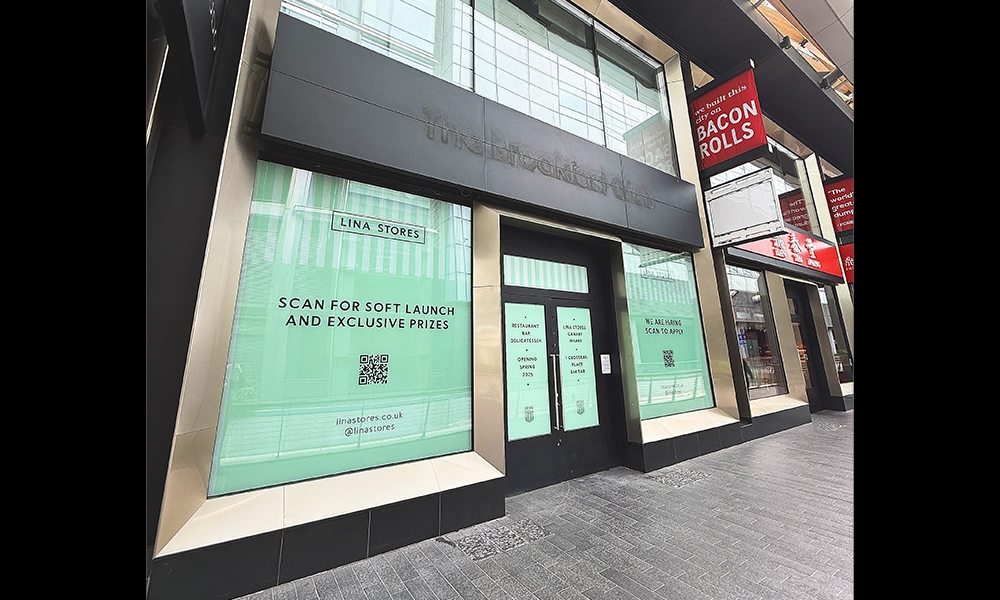
safeguarding the legacy
“It’s passed through four generations of Italians since then,” said Éadaoin, who left a career in teaching to work in the hospitality industry in New York and the UK.
“It was the first place in London you could get olive oil back in the day.
“The beauty of Lina Stores is that we have always had that we’re primarily and importer and have that direct relationship with Italy, where others might go through a distributor.
“We ship many of our products and ingredients over and taste everything regularly to ensure the quality is there.
“Our delicatessens are still the place to go for flavours and produce from Italy you can’t get elsewhere.”
It was Lina’s position as a Soho institution that first led Chris to approach the owners with an offer.
“I worked in Soho House in Dean Street for many years and, on the way home, I would regularly go into Lina Stores for meats and cheeses,” he said.
“It’s a very special place and I love it.
“White Rabbit is an incubator – a way to grow hospitality concepts – so I reached out to the families who owned the site with a view to collaborating.
“They wanted to do something with the brand to help keep it alive and they’d been approached by lots of people before – but having worked in and around the area for 15 years, I had a real love for Lina, and they said they would trust me to take it on the next journey.
“They are still shareholders in the business, they come to all the tastings, sign off on designs, so it’s a real collaboration, a real, personal promise to the family to say we will look after this.
“We are growing and that provides real opportunities, but if you look at Soho, there are some really old institutions that over time have been forced out by rising rents and other pressures.
“What this collaboration has done is enable us to retain the original deli as it was. It’s been a really fun journey
“The only thing that’s changed is that it now has a bar in the basement, the first Bar Lina.”
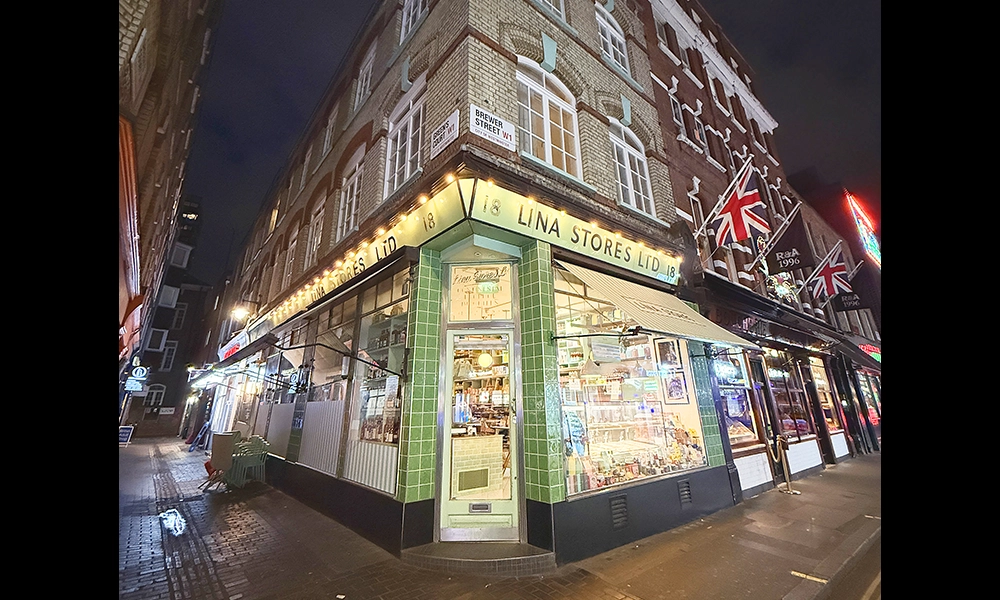
a hidden drinking spot
This cosy, speakeasy-style venue is regularly filled and has been the inspiration for the drinking offer for the other venues since it opened.
That includes Canary Wharf which will have its own Bar Lina to the rear with a menu packed with Negronis.
The Crossrail Place venue will also feature a full Italian deli (complete with correctly coloured tiles) and a more formal restaurant on its upper floor under an expansive curved ceiling.
“We’ll be doing breakfasts in Canary Wharf, including a new menu, so people can come in for a full sit-down meal in the morning, at lunch or for dinner,” said Éadaoin.
“We’ll have the delicatessen at the front where customers who don’t have much time can come in and grab panini or a salad to go.
“In the restaurant, guests can have just one or two courses and we know how customers in busy neighbourhoods need to have lunch in just 45 minutes, so we can provide fresh pasta with toppings that can be served very quickly.
“We also know that Canary Wharf has a lot of families visiting over the weekend and we’ll be ready to welcome all ages.
“Our bar will have an Italian style, based on the 1940s and 1950s and a late licence. In addition to the Negronis, people really love our Limoncello Spritz, which is made with our own liqueur.
“Working with Lina over the past eight years has been a really beautiful opportunity and I feel really protective of it and the people.
“The team we’ve built up over the years is very passionate and excitable and that’s really infectious.
“It started off with me and a couple of people I knew, but it’s extended and become the norm across the business.
“I love what I do and that’s driven by the people.
“With that number of branches we’ve opened we’ve grown a real entrepreneurial spirit in the teams to make everything better and better.
“They also know, that if we open another store, then it’s a real opportunity for them and that enhances the camaraderie.”
a boost for Lina Stores
It’s also good for that very first store.
As the brand has grown, the buzz has grown with each new opening creating fresh interest in the story of Lina.
“The original deli is much busier than it’s ever been, because people know more about it now,” said Chris.
“I think the starting point of its appeal is still value.
“We provide incredibly high quality at an accessible price point.
“We’ve been careful over the years, with massive inflation, that we’ve rarely had to touch price.
“We’re still seeing very positive, like-for-like growth, and that’s down to a value-for-money proposition.
“We picked Canary Wharf to open our latest restaurant because there’s so much development and opportunity here.
“I think the food scene in the area has changed dramatically over the last five to 10 years.
“When I first came to Canary Wharf, the super high-enders were well taken care of.
“What’s great now is that the premium quality is available to many more. It’s about value for money, but that doesn’t necessarily mean cheap.
“Lina provides a really flexible way to dine.
“You can come in for lunch and you can just have a bowl of pasta – you’re in and out very rapidly.
“Alternatively you can have starters, sharing dishes, pastas and more. It’s the kind of place where customers can also come for special events and they’ll get a great deal for their money.”
With Lina now gearing up to launch, it’s tempting to look at White Rabbit’s list of brands and wonder what else might benefit from a Canary Wharf branch.
Maybe it’s time the likes of Eve X Proper Slice expanded its pizza offering beyond Kensington.
key details: Lina Stores
Lina Stores is set to open its doors at Crossrail Place in June, 2025.
The ground floor will feature a delicatessen and bar, while the upper floor will house a restaurant.
Find out more about the brand here
Read more: Sauna Boat arrives on West India Quay, offering hot and cold therapy









